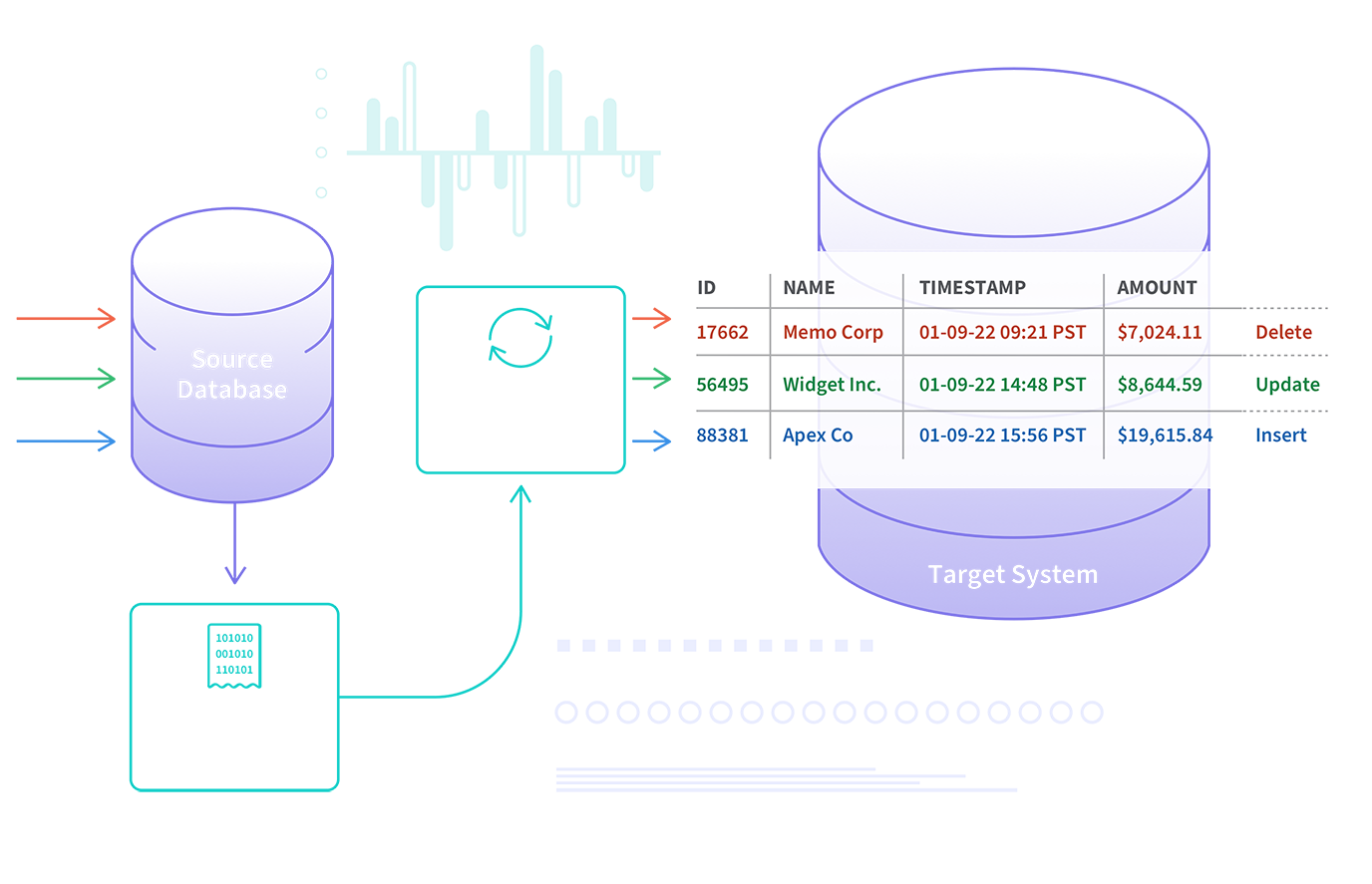An Overview of the Functioning of SQL Server Change Data Capture
In this post, you will learn about the many facets of Change Data Capture (CDC) that can be had in Microsoft SQL Server and Azure SQL Managed Instance.
Change Data Capture (CDC)
The Change Data nd security. Along with ensuring that all data is insulated from breaches or hacking, CDC also secures change data in a format that does not affect their hiCapture feature assumes great importance in today’s data-driven business environment as it is an assurance of increased data durability astory. To this effect, various databases have tried different solutions in the past like data audits, triggers, complex queries, and timestamps but none of them have managed to create a lasting solution.
It was Microsoft that came up with a tangible answer to this issue in 2005 when the company launched its SQL Server Change Data Capture product. Its cutting-edge technology incorporated “after update”, “after insert”, and “after delete” capabilities but users found working with it very complex. A revised version of SQL Server Change Data Capture was launched in 2008 that however met user requirements very well. It helped developers and DBAs to capture and archive historical data and changes without the necessity for additional programming or other activities.
Technology Behind SQL Server Change Data Capture
The SQL Server Change Data Capture technology makes changes like update, insert, or delete using the SQL Server. These changes are presented to the user in a very simple relational format. All inputs that are needed to capture the changes to a target like a column information and metadata are available for the modified and changed rows. These changes are captured and kept in tables that mirror the columns of the tracked stored tables. The access to the modified data is controlled by the relevant table-valued functions.
How is the SQL Server Change Data Capture technology a cut above others in this field? Normally with others, even though changes made to source tables in a data warehouse are mirrored at the target location, they have to be continually refreshed to be updated, a very time-taking and tedious process. On the other hand, SQL Server CDC smoothly flows change data automatically to various target databases and platforms. This is a great help for organizations and one reason why the SQL Server Change Data Capture technology is highly preferred.
One of the best examples of a consumer using this form of CDC is the Extract, Transform, Load (ETL) application. Modified data from SQL source tables are moved by this application to a data warehouse or data mart in real-time as and when it occurs.
Functioning of SQL Server Change Data Capture
Change Data Capture tracks and modifies all changes made to tables by users which are then stored in relational tables that offer quick access and retrieval of data with T-SQL. A mirror image of the tracked table is created when Change Data Capture is applied to a database table. The changes made in the database rows are identified by the structure of the columns of the replicated tables as these have additional metadata columns.
Leaving aside this factor, the source tables and those that have been replicated are similar in every respect. After the close of the SQL Server Change Data Capture process, the new audit tables may be used to track the logged tables and monitor all activities that have been completed.
The transaction log of the SQL Server CDC shows the source of the changes. As soon as any changes like update, delete, or insert are seen in the source tables being tracked, the details of these entries are entered in the log. These then become a part of the Change Data Capture. The log contains a detailed description of the changes and these can be read and linked to the change table component of the original table.
Types of SQL Server Change Data Capture
Two options of SQL Server Change Data Capture are available to users.
Log-based CDC
In this process, the system first analyzes the file and transaction log of the database, enabling users to know about the changes made at the source. Next, all changes made at the source database are replicated in the target database. The critical advantage here is that the process is very reliable and there is no possibility of missing any changes made.
Further, there is almost no effect on the production database system as their schemas are neither required to be changed nor is there a need to add new tables. The only limitation of this method is that it works only with databases that support log-based CDC.
Trigger-based CDC
In this method, triggers are located in databases and these react automatically whenever any event or change occurs in the source database. This substantially reduces the cost of extracting the changes. However, there is an increase in the run time of the source systems as the database has to be refreshed every time a change is made, leading to a rise in system operation cost.
There are several benefits of the trigger-based SQL Server Change Data Capture. These include direct support for selected databases in the SQL API, finding details of all transactions in the shadow tables, and faster implementation of changes. The downside is that triggers may be disabled during operations and the performance of the databases may be adversely affected when rewrites become necessary during changes being made to the rows.
Summing up, SQL Server Change Data Capture is a great help for modern data-driven enterprises.



